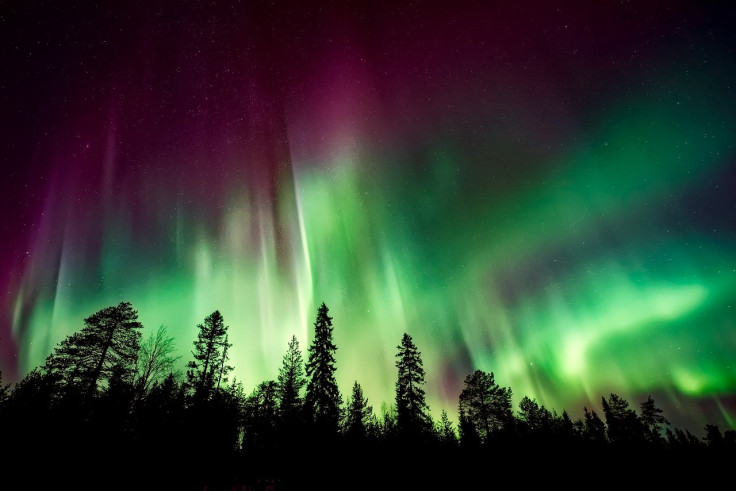
A captivating display of the northern lights is expected to be visible across parts of the northern United States on Thursday night, thanks to a powerful geomagnetic storm.
The natural light show could be one of the most vivid sightings of the aurora borealis in recent months, according to a forecast by the National Oceanic and Atmospheric Administration.
NOAA has issued a severe geomagnetic storm watch for Thursday night, predicting a KP index of eight. This elevated index indicates a high level of geomagnetic activity, which increases the likelihood of a brighter and more widespread aurora.
The agency believes that the strong geomagnetic storm will push the aurora viewing line farther south than usual, potentially reaching areas as far south as the southern edge of Nebraska.
For the best chance of seeing the northern lights, NOAA recommends heading to locations with minimal light pollution and clear skies. The aurora is typically most visible between 10 p.m. and 2 a.m. Viewers are encouraged to find a vantage point, such as a hill or an open area, to get the clearest sight.
The intense geomagnetic storm driving this aurora event could have effects beyond just the skies.
Such storms can disrupt radio communications and satellite navigation systems. While these interruptions are usually brief, they can have a noticeable impact on communication networks in the affected areas.
The northern lights are expected to be visible across several northern states, including Alaska, Washington, Idaho, Montana, North Dakota, Minnesota, Michigan, and Wisconsin. Residents of these areas have a high chance of experiencing the aurora in full splendor.
Even central and southern parts of these states may catch a glimpse of the lights, although the visibility will be less intense the farther south one goes.
The aurora borealis occurs when charged particles from the sun interact with the Earth's magnetic field, creating vibrant displays of light in the sky. This event marks one of the best opportunities to see the northern lights in recent months, with previous forecasts showing lower geomagnetic activity levels.







